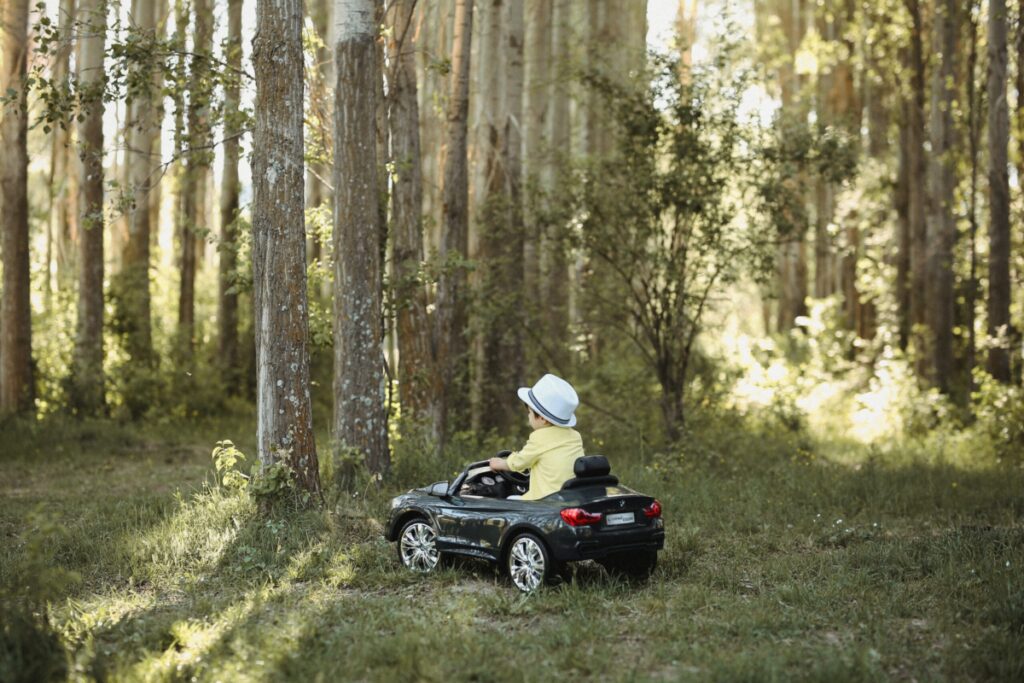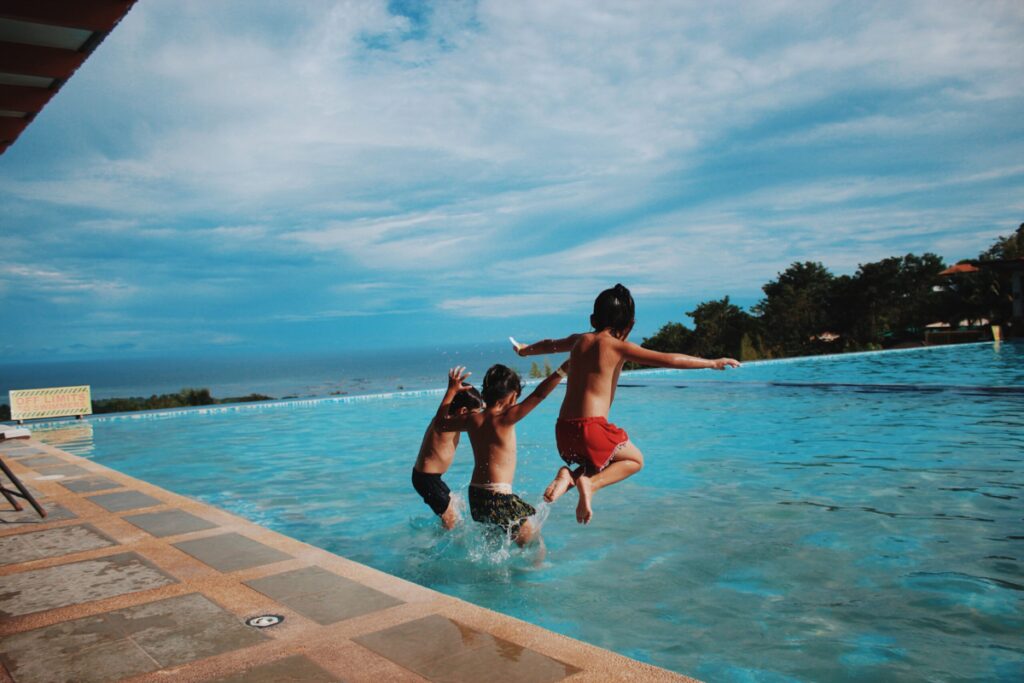Road tripping with kids
The summer is a great time to travel with the family, but with airline prices and pandemic worries, flights may not seem the most appealing way to journey at the moment. Instead, a good old road trip can be a great way to get a change of scenery without as much hassle. Road tripping as a family can be a great way to travel. You get to go at your own pace and avoid the stress of air travel. However, hitting the road with kids can come with its own complications! So here are some useful tips to help you plan a fun and easy road trip with the kids this summer!
Set expectations ahead of time!
- If you haven’t done many long car rides with the kids before, you can help them mentally prepare by discussing the plan and what it’ll be like in advance.
- Make it something to look forward to! Keep it positive and highlight some planned stops along the way or the fun final destination!
- Be sure to emphasize any challenging situations you anticipate or road trip rules like using the potty before leaving and at stops, keeping hands to ourselves (if you have siblings that tend to bicker), etc.
- Let the kids help choose and pack their car supplies depending on their age! What toys do they want to bring? What snacks?
- Obviously, you get the final say and should give them parameters, so you don’t end up bringing a gallon-sized tub of gummy bears and every toy car they own!
- For example, “Pick 2 activities and 3 toys you would like to bring.” “Do you want to bring apples or oranges?” “Cheese sticks or peanut butter crackers?”
Strategies for planning departure time and stops:
- Best time to leave:
- One strategy is to either leave early when the kids might fall back to sleep for a bit or to leave just before nap time.
- This can backfire if kids get over tired, though.
- For tricks to help your kiddo sleep in the car, check out “How to encourage car naps” below.
- If you opt not to leave early in the morning, try to plan some active time before hitting the road to use up some of that energy!
- Planning pit-stops:
- Every kid and every drive is different. Sometimes it is better to keep going if kids are happy or sleeping and see how many miles you can get under your belt. Other times, it may be more important to stop frequently to keep spirits up, get the wiggles out and prevent major meltdowns.
- As a general rule of thumb, it is best to stop every 2-3 hours at least to give your little ones a break from the car seat. If you have a newborn or young infant in the mix, you won’t have much choice as you’ll have to stop every couple of hours to feed them.
- It’s helpful to scope out potential stops beforehand and choose scenic spots with space for kids to run around or playgrounds.
Prepare for messes!
- Car messes are the worst, but they will happen when road tripping with kids despite your best efforts! Between spills, potty accidents, and bouts of car sickness, the possibilities are endless.
- Bring basic cleaning supplies: paper towels or extra wipes, spray cleaner, garbage bags, and at least one handy change of clothes, maybe more if you have an infant!
Keep them busy!
- Even though we all hope the littles will just sleep, it doesn’t always work out that way.
- Pack a few different activities to keep them entertained and avoid the dreaded chorus of “I’m boooored!”
- If your family uses screens/tablets occasionally, road trips are a great time to bust them out. Download some kid-friendly movies or educational shows and games.
- Other screen-free ideas are books, playdough or silly putty, water wow coloring books, busy books, magnet puzzles/games, simple crafts for older kids, etc.
- You might want to invest in an organizational tray that attaches to the car seat, so kiddos have a place to set their activities and snacks.
Snacks!
- Have we mentioned snacks? Snacks are always a good idea, but can make or break the experience when road tripping with kids!
- Not only does hunger tend to strike at inconvenient times, but snacks also occupy little hands and keep spirits up!
- Pack a variety of healthy snack options and beverages. Maybe don’t go overboard on drinks if you want to avoid excessive potty stops, though!
- For snacks, think healthy and satisfying like fruit, cheese, nuts (if your child is over 4 because of choking risk,) crackers, etc.
How to encourage car naps:
Car naps are not guaranteed, but they are definitely appreciated!
- Incorporate as much of your child’s naptime routine as you can:
- Sing the same songs,
- Bring their lovey or blanket,
- Use a portable white noise machine if they’re used to one at home. And if you don’t typically use one, consider trying it! White noise can greatly help initiate and maintain sleep and also helps with sleeping in different environments.
- Make sure the car temperature is comfortable and on the cooler side.
- Dress them comfortably; consider putting them in lightweight PJs for the drive, take shoes off, etc.
Dealing with Car Sickness:
Car sickness is very common and a frustrating problem for many parents. If your child gets car sickness, try these tips:
- Give them a light bland snack before the trip.
- Distract them with stories or music. Screens or books may not be the best choice for children who get car sick.
- Encourage them to look out the window. For babies, window stickers or toys that suction to the window may encourage them to look outside.
- Take frequent breaks and allow older children to sit or lie down, give babies a break from the car seat.
- Talk with your healthcare provider about medications like diphenhydramine (benadryl,) or dramamine that may help. They may cause drowsiness and other side effects so be sure to discuss with your healthcare provider prior to use.
Car seat safety:
Proper car seat safety is always essential, but road tripping with kids is an excellent excuse to ensure yours is up to snuff.
- Does your child still fit within the weight and/or height requirements?
- Has the seat been involved in a crash, even minor? If so, it should be replaced.
- Remember, rear-facing is the safest so keep them in this position as long as possible. Kids are flexible, so even if their legs are bent, it is not as uncomfortable as it looks!
- Go here for more information and tips on car seat use and safety.




